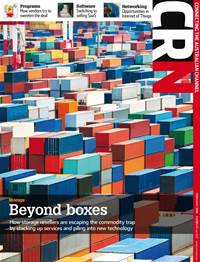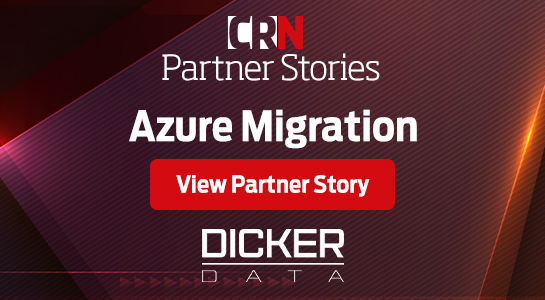While the headline price of storage has dropped throughout the years, consistent with the IT industry’s long-term ability to extract much more from less, the amount of money spent by IT departments on storage has remained remarkably consistent.
Over the past four years, research by Gartner indicates that storage has typically represented six to eight percent of IT spending. The mathematics behind this is simple enough – even as prices drop, the storage needed in the digital economy is burgeoning.
For resellers the trick is to make money in a world where customers increasingly want to buy services instead of products, where trends like the cloud are changing business models, and where technologies – especially flash – are providing alternatives to traditional approaches.
And all of this in a context where observers believe margins pressure is set to tighten.
Yet for all the talk of the commoditisation of the storage markets, views are mixed as to the current impact on margins. Jarrod Bloomfield, director of the top company in the 2013 CRN Fast50, NGage Technology Group, suggests that while margins have decreased somewhat in the enterprise storage market, the decline is not alarming.
“It is definitely decreasing because it has become more commoditised – but not dramatically. You can still make a decent margin out of storage,” says Bloomfield. It is a view supported by research from Gartner. According to analyst Arun Chandrasekaran, “The storage industry gross margins are probably still around 55 to 65 percent for most of the big mainstream enterprise storage vendors, and it has pretty much remained that way for the past three to five years.”
However, Chandrasekaran confirms that pressure is building. “With public cloud and the adoption of open source paradigms like Hadoop and OpenStack, you can now store data on commodity hardware with open source software. These are very clear trends that do not portend well for the future margins of the storage industry.”
He adds, “This is something vendors and channels really have to plan for moving forward.”
Meanwhile, Mike Romans, Australia & New Zealand country manager, Barracuda Networks, says companies need to differentiate by offering higher-level capabilities around the management software for that storage.
Gavin Cohen, director of marketing and technology, Nimble Storage, however, offers a contrary view on margins. “Most traditional storage products offer little differentiation and have become highly commoditised. As a result, margins have become squeezed in the channel.”
Cohen – whose company is a leader in flash storage – suggests that to preserve margins, resellers should focus on solutions that are differentiated based around innovative storage architectures leveraging modern technologies.
HEAR FROM LEADING FLASH RESELLERS:
• Flash player: VMTech & NetApp
• Flash player: Remora & Violin Memory
• Flash player: Advent One & IBM
• Flash player: BEarena & Nutanix
• Flash player: Cloud Solutions Group & Nimble Storage
There are two points everyone agrees on: first, storage needs are not decreasing; and second, that the industry is moving away from selling hardware to focus on complete solutions.
According Phillip Teague, director of industry and alliance solutions at Hitachi Data Systems ANZ, the proliferation of web and digital data sources is actually adding to overall demand.
This has led to a renaissance of the storage market, he says, but at a price. “Selling is more complex and specialised. Customers are looking for ways to extract value from their information, so the higher up in the food chain partners can position themselves, the higher their margins are and, in turn, providers become more relevant to their customers.”
Resellers should be aiming to build true partnerships where business and technology strategies are developed in tandem, leading to greater margins and more account stickiness, he says.
Teague also points to changing IT consumption models as the other seismic shift. The software-as-a-service movement modelled this trend and it now applies to the whole technology stack, including the storage layer, he says.
Next: New service models




.png&h=142&w=230&c=1&s=1)


.png&h=142&w=230&c=1&s=1)



.png&w=100&c=1&s=0)




.png&h=298&w=480&c=1&s=1)






